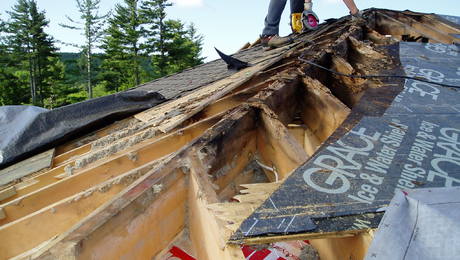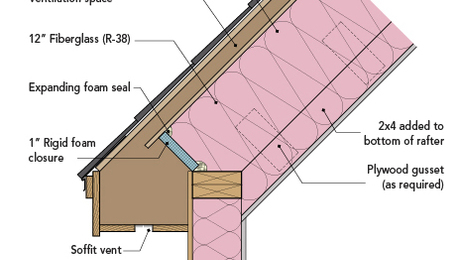I am subscribed to a site called Heatspring that covers sustainable energy and energy type construction. I took a couple of paid courses but some of the courses are free or sponsored. I got an invite on a seminar on why trying to insulated unvented roof spaces has the potential not to end well. I have seen and heard of many folks with Cathedral ceilings have problems. Its borderline technical on occasion but the pictures of how roofs go bad and the reasons why are great.
No charge to watch unless you need CEU credits for professional licensing. I need them for my license but great info. I will agree that once he gets to the graphs its probably time to go unless you are waiting for the quiz to get credits HeatSpring Magazine – Unvented Roofs Without Spray Foam: A New Free Course
No charge to watch unless you need CEU credits for professional licensing. I need them for my license but great info. I will agree that once he gets to the graphs its probably time to go unless you are waiting for the quiz to get credits HeatSpring Magazine – Unvented Roofs Without Spray Foam: A New Free Course



